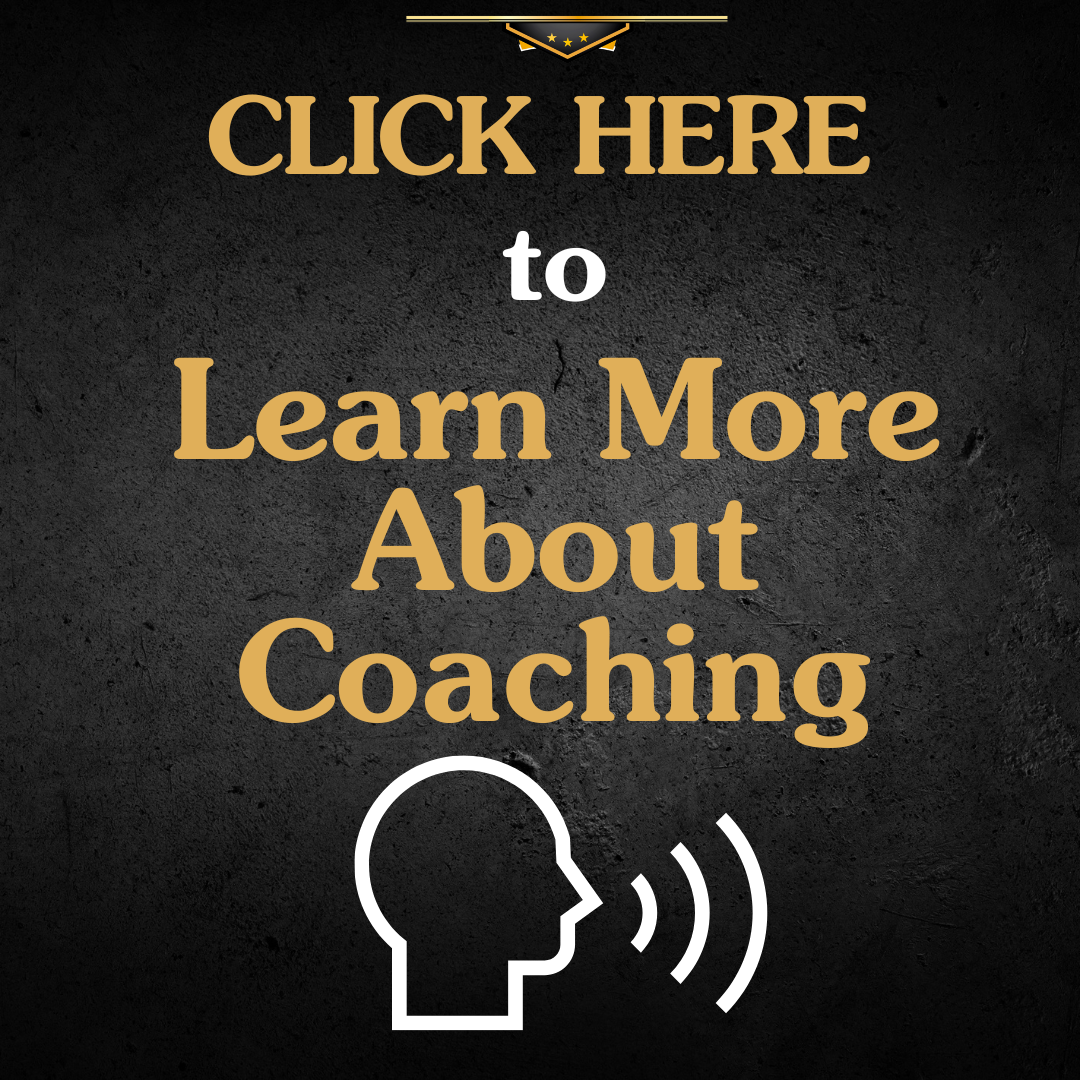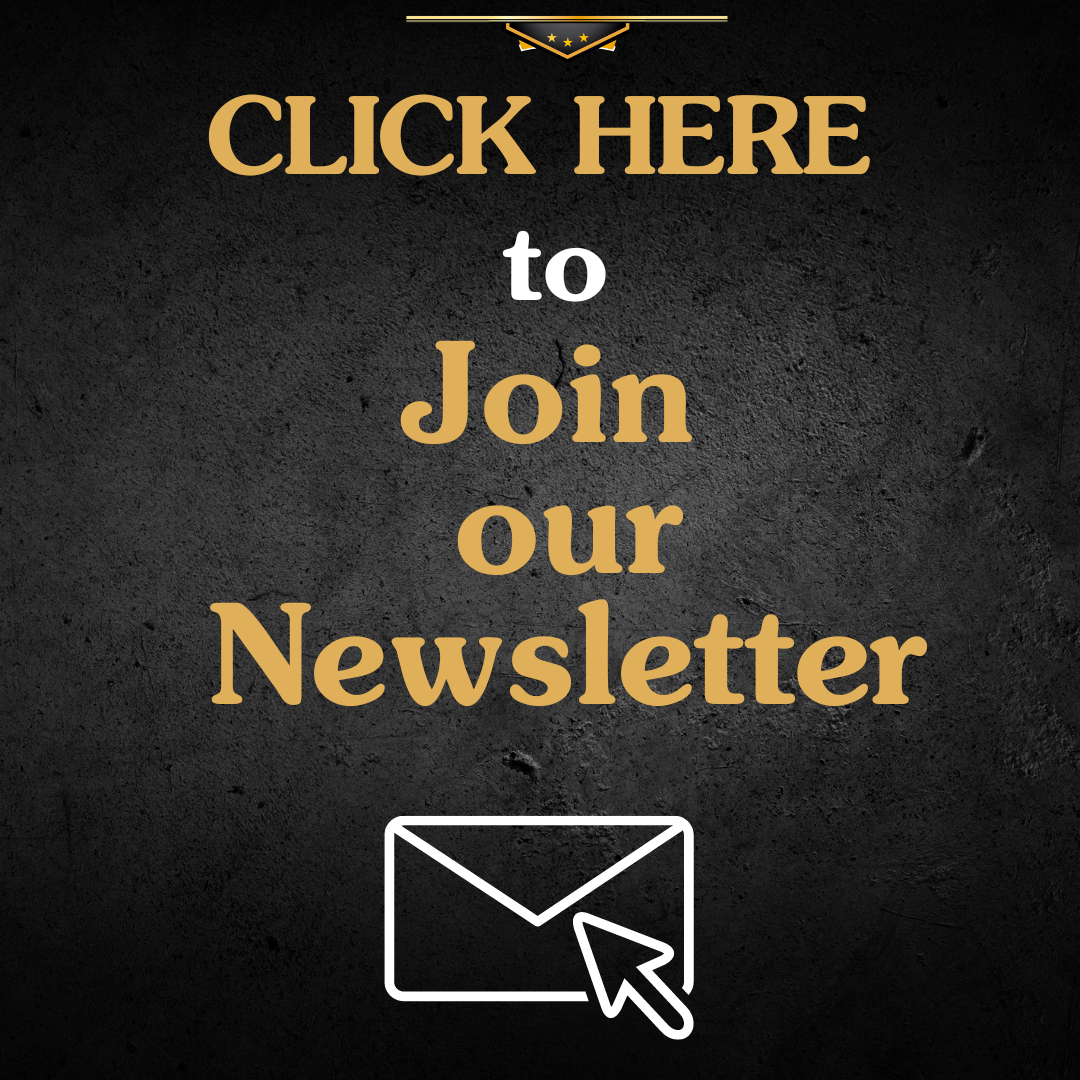How to Deal with a Q&A Session Effectively
Think back to when you heard a speaker say something like this near the end of their presentation: "OK, now it is your turn to ask any questions, and hopefully, I will have some answers for you before we end this session."
That is what most ordinary speakers do; they end their presentation with questions and answers about what they shared in their formal presentation. Unfortunately, that is just about the worst thing you could ever do if you are going to be an extraordinary speaker.
The better way to approach it is to have a Q&A throughout your presentation. Here are two ways you can structure your presentation:
Plan A
Have three different Q&A sessions—one near the beginning, one near the middle, and the last one near the end but not at the very end. Often a message is divided into different points. For example, let's say you are going to make three main points. Have three Q&A's after each point since it is the most logical place.
Think about your own experience when you have been in the audience. You hear a speaker talking about a subject, and in the first five or ten minutes, a question comes to your mind about what they said. The chances are you will hold onto that question; it will be in your consciousness. You might even go back to it as they speak because you are confused about something. That is why scattering your Q&A sessions throughout your message lets you keep everybody engaged and with you, especially if there is a question early on. If you answer that question, you now get them back into the message, and they will follow you the rest of the way without being distracted by their question.
Plan B
Have Q&A throughout your entire message. Suppose you are confident about your material and your ability to answer questions. Say something like this near the beginning of your presentation: "Instead of having a Q&A session at the end today, we are going to have it anytime you have a question. You can shout, 'I have a question,' raise your hand, or stand up. Just make sure your question has to do with what we are talking about and that it is not a personal question relating specifically to your situation. Everybody comfortable with that?"
Then you can continue, "I promise I'll answer your question in one of three ways:
First: right away.
Second: I will say, 'That is a great question; it will come up later in the presentation. Is it OK if I delay answering it now and do it later?' If they say yes, then say, 'If I do not, remind me about your question.'
Third: I will respond with, 'I do not have an answer. You have my commitment that if I am not sure, I will not answer, but I can find out and get back to you.' Is everybody comfortable with the Q&A rules? Great, now let's get started."
So far, we have covered when you should have Q&A and provided two possible scenarios; now, let's discuss how to answer a question.
Suggestion #1: Repeat the question.
This is important because it gives you time to think about your answer. Plus, it ensures you understand the question and what the audience member is looking for in the response.
Then once you answer the question, follow it with, "Does that make sense?" or "Does that answer your question?" Finally, get confirmation from the person who asked the question that they are satisfied with your answer.
Suggestion #2: Make it your goal not to receive any questions.
Ordinary speakers do not think that way. Instead, they feel that questions show the audience has been paying attention and they are interested in the subject. That is not the case. The professional knows that people are asking questions because they are confused about what you said or what you said was not clear. There should be no questions when your message is crystal clear and understandable. And that is exactly what you should say if there are no questions. "Great, glad that the first idea was clear to you; now let's move on with the next idea."
Suggestion #3: After every presentation, make a note of the questions that you were asked.
This tells you what confused your audience. Now you have a plan on what to do to make your next presentation on that subject even better. Build in the answers to the questions that keep coming up.
Q&A can be one of the most valuable tools in your speaking arsenal because it proves that you know your subject, shows that you can think quickly on your feet, and demonstrates that you are interested in your audience getting the most out of the message.
Now a question for you: Are you feeling even more confident that you can deal with any Q&A session even more effectively? Hopefully, you said "YES!" Now go out and MAKE it a great day!





